B.
Final weekend
Gallery
3 September 2010.
Final chance to see Andrew Drummond Observation / Action / Reflection and Taryn Simon: An American Index of the Hidden and Unfamiliar, both exhibitions close Sunday 5 September at 5.00 pm.
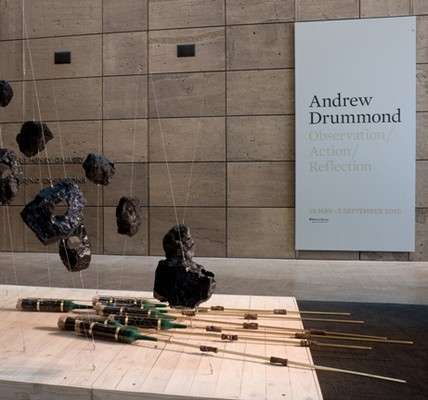
Installation view: Andrew Drummond Observation / Action / Reflection

Related
Collection
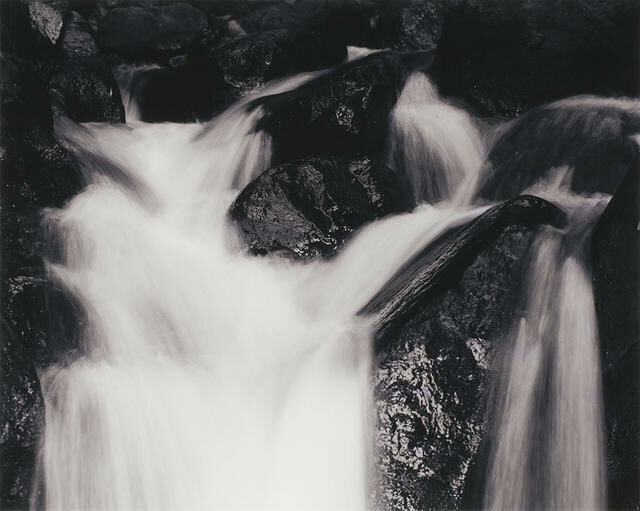
Andrew Drummond Falling Water
Christchurch-based sculptor Andrew Drummond’s work is grounded in responses to the natural environment. This theme also extends to his photography, as is seen here in Falling water. Completed on one of his numerous research trips to the West Coast, Falling water recalls traditional landscape photography and painting in New Zealand, particularly van der Velden’s Mountain Stream series. The strong contrast between the whiteness of the falling water and the blackness of the wet boulders also finds a parallel in the work of Colin McCahon and van der Velden. (Van der Velden: Otira, February 2011)
Collection

Andrew Drummond Device for Shadows and Reflection
Andrew Drummond’s kinetic (moving) sculptures are art machines. They operate at the point where science and beauty meet, and often begin with ideas or materials found in nature. This work explores how light behaves when it meets a moving object, like sunlight hitting a breaking wave, or dappling the ground underneath a leafy tree.Powered by an internal motor, the sections of the long brass cylinder slowly open and close. When light hits their curved surfaces it bounces off in all directions, while small holes allow it through onto the wall behind, creating a changing, immersive environment of shadow and light.
(Now, Then, Next: Time and the Contemporary, 15 June 2019 – 8 March 2020)
Collection
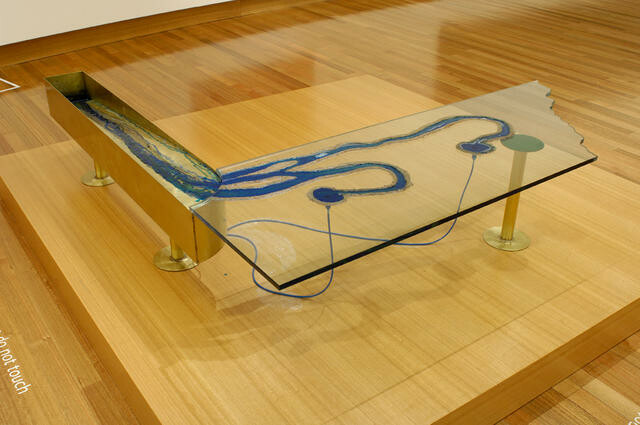
Andrew Drummond 90° Device, Beating
Andrew Drummond’s kinetic sculpture suggests the flat Canterbury landscape with its jagged coastline, and, like a heartbeat, the constantly pumped blue liquid brings to mind the region’s braided rivers, or the arteries of the body.
Drummond has drawn on the idea that the land and the body are interconnected, and he explores the way science and medicine use technology. This work is part of a larger installation entitled For beating and breathing in which the body is portrayed as a complicated piece of machinery.
Drummond was born in Nelson and studied at Waterloo University, Ontario. He is well known for his performance art practice during the 1970s and 1980s. He has also completed several major public commissions in Auckland and Wellington. Drummond was Senior Lecturer in Sculpture at the University of Canterbury from 1992 until 2003.
Collection
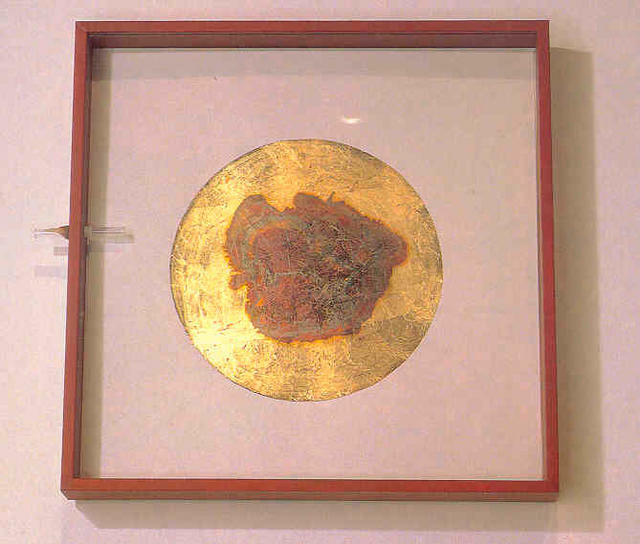
Andrew Drummond Imperfect Atmospheres
This sculptural ‘drawing’ is part of the installation ‘For Beating and Breathing’ in which Andrew Drummond portrays the body as a device - the subject of scientific recording - and explores its relationship with the land. The installation was commissioned by the Gallery. Schlagmetal is similar to gold leaf but made of brass. Here Drummond has created a chemical reaction on paper, sealing it like a trapped breath behind glass. The complete installation of ‘For Beating and Breathing’ included 10 drawings and two kinetic sculptures. Drummond was born in Nelson. He graduated from Palmerston North Teachers’ College before going to Canada in 1977. There he completed an honours degree in sculpture at Waterloo University. During the 1970s and early 1980s Drummond conducted numerous performance art pieces in New Zealand and overseas. Since 1992 he has been a senior lecturer in sculpture at the University of Canterbury School of Fine Arts.
Collection
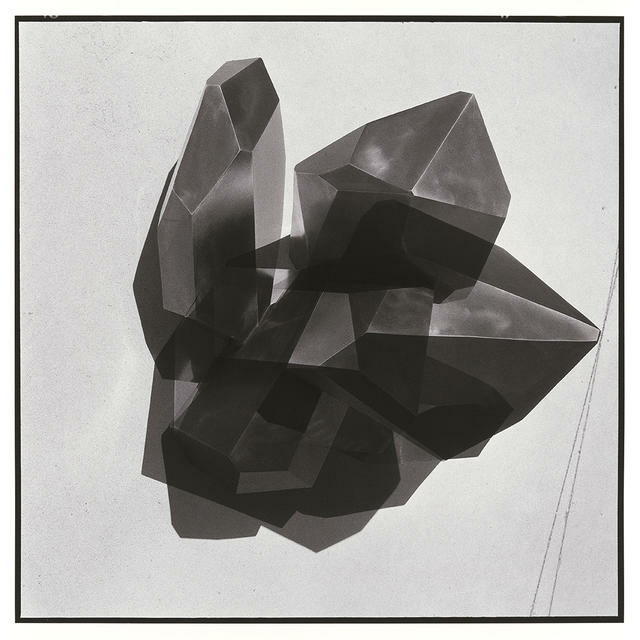
Andrew Drummond Rotated Sample 3
Andrew Drummond is a Christchurch-based artist who works across different media, best known for his large-scale kinetic sculptures and installations. A major survey of his work was held at Christchurch Art Gallery in 2010.
Drummond takes a transformative approach to materials, and has sometimes incorporated meticulously hand-polished pieces of coal into his sculptural work. His photograph of this elemental material in its jewel-like, modified state utilises double exposure, and is from a series exploring the subtle, varying effects of rotation, reflection and light. (Above ground, 2015)